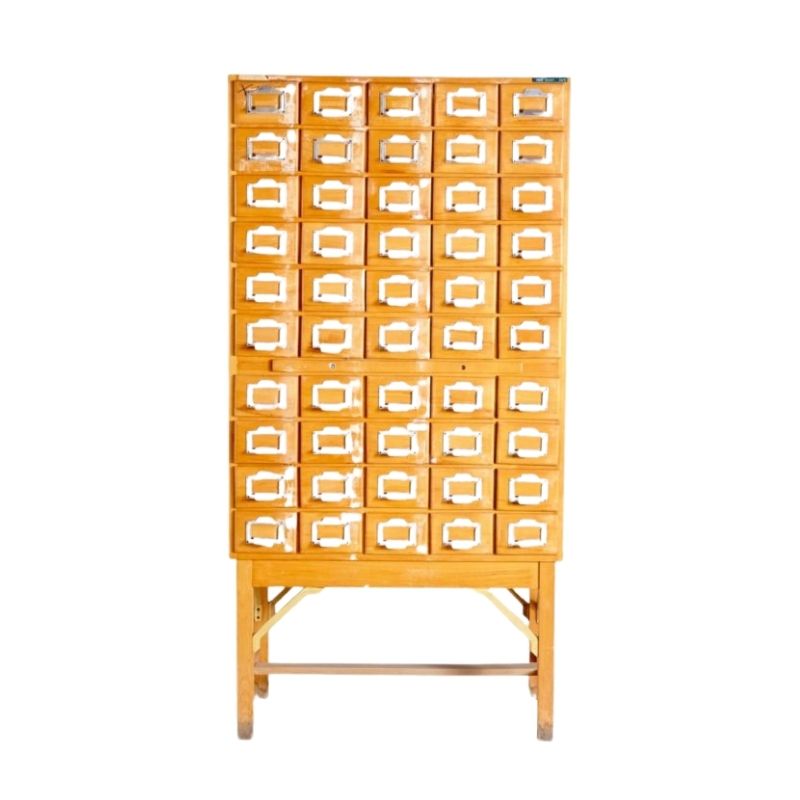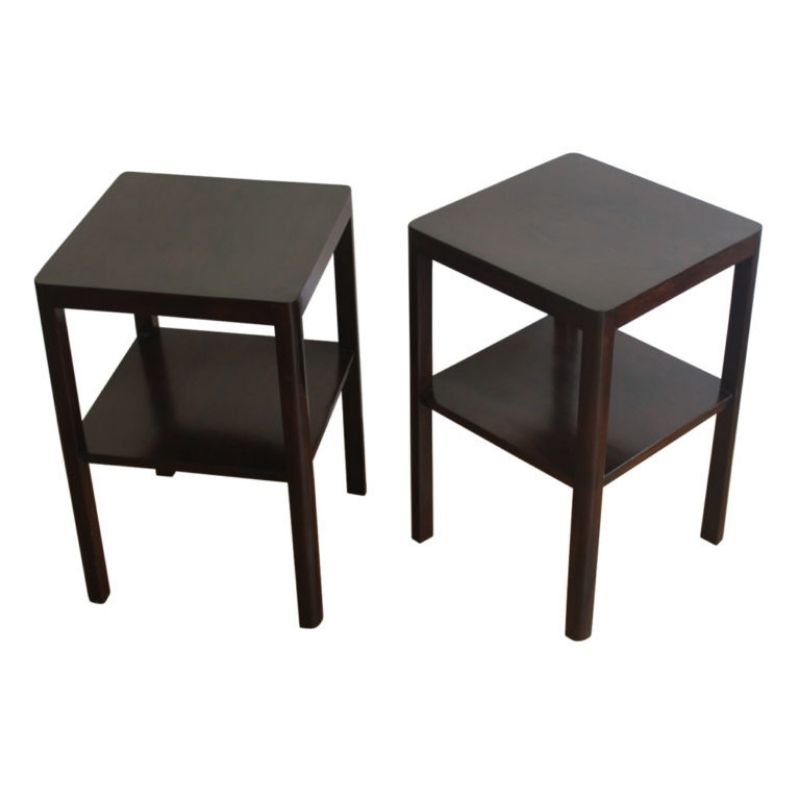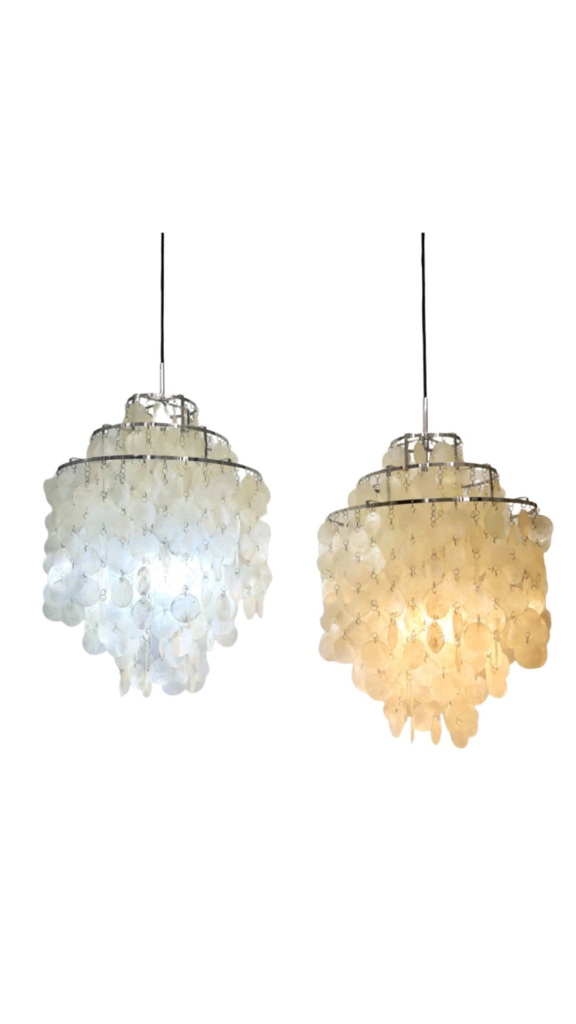It occurs
to me that a guillotine (i am thinking like a standard paper cutter) might not work. I imagine not hitting the piece all at once would cause a split/ run to form erratically ahead of the blade like when you split firewood. Now I am even more tempted to use a meat blade in a table saw. In a more sober moment, I do see arbor, run out/ wobble, and general safety issues as conspiring to squash this fantasy. Meat blades run at a very low rpm. It would probably be terrifying to have one at table saw speed.
The whole slicing with a knife blade thing
is moot, anyway, unless you can find plywood with plies vertically oriented.
I'd hesitate to spend a lot on a specialized precision table saw blade unless my table saw were up to it. Remember, any arbor or (worse) arbor flange runout is magnified at the blade circumference.
Regarding veneer: I suspect...
Regarding veneer: I suspect that is rotary cut veneer due to the grain pattern, and even more due to the extreme width.
Tktoo: I thought you were saying the proper mat cutter could slice 3/4 of the way through 1/4" thick solid beech, so that the slats could be hand snapped. Now you've got me confused?
Is this video helpful at all?
(His fingernails are skeeving me out, I have to say.)
http://https://www.youtube.com/watch?v=WEla47R_m9k
I just had an idea: instead...
I just had an idea: instead of using loopy grain veneer which will most show the gaps with the diagonal grain lines, and instead of quarter sawn (which will hide the grain loss, but is boring), why not use horizontally figured teak veneer. The figure will draw the eye right across the slats horizontally and grain loss won't be visible.
Example:
http://www.veneersupplies.com/products/AAA-Teak-Figured-Veneer-Lot--7-x-...
Wiggle Wood, Wacky Wood, or Italian bending poplar?
It is interesting stuff and if you could apply a teak veneer to one side and a canvas backing to the other, it just might work for your tambour. You'd need to slice through the center ply, though.
The only time I've used it was to skin the sides of temporary walls shaped like jigsaw puzzle pieces for an exhibition of, fittingly, early jigsaw puzzles.
I remember it being 3-ply, and about 3/8" thick with parallel grain outer plies over a much thinner perpendicular center ply that kept it all from just falling to splinters. It was quite flexible to about a 6" radius, as I recall. We had to skim-coat and sand it for a smooth surface to paint, though.
Leif, cutting cross-grain with a knife is not a viable option. It would only work in this case if the grain direction of both the substrate and face veneer is parallel as in glassartist's original door. Commercially available teak plywood just doesn't come that way.
Tktoo: Understood, but 1/4"...
Tktoo: Understood, but 1/4" thick, arbitrarily wide beech boards could be veneered with teak, scored deeply _with the grain_ using the mat cutter and then hand snapped?
(Obviously this would require some calculation and planning so the boards are in whole 3/8" slat width, and veneered in sequence, etc)
That's gonna be impossible to properly match.
Guess you'll just have to make TWO new ones!
The real question: Is it worth the trouble to make even one? I suspect it's not, but it sure was a fun distraction figuring out how to do it. As if I need yet another.
FWIW, I think we were getting pretty close to a technique worth trying there. I really think the Wiggle Wood idea has great potential. I almost want to try it myself.
I can see
the appeal of bending ply for it's potential splitability, but I imagine 1/4" - oh say- quartered ash working equally as well. The boards would just have to be pre cut to the correct width so that door slats when spit would line up with the joints in underlying array of substrate boards.
There have been many interesting thoughts here, and if I ever figure it out, I will certainly trot out the results. Don't hold your breath.........
Tktoo; I did mention the need to make two doors in my initial post.
Tambour Doors
Here's 4 tambour doors for sale in Vancouver's (BC)) craigslist. Two teak and two rosewood --24 5/8" x 31 5/16" ea. $140 for 4 panels -- looks like each slat is 5/16" wide.
http://vancouver.en.craigslist.ca/rds/mat/4491865710.html
Hard to believe
I let this thread alone until now. What an interesting discussion. Thank you, ladies and germs. My two cents:
I think Leif had it when he introduced the notion of micro-kerf saw blades.
Although there apparently are examples of modern tambour doors with the lower depths of the ply "hand-snapped," it is hard to believe that this is the standard. I'm thinking of the inherent discontinuities and irregularities in real wood, which would upset the result; think of the situation where a sharp divergence of grain direction appears, still less a knot or crotch figure. The straight or rift grain has clear advantage for the maker of such a door.
But we've seen plain-sawn figure like that illustrated just above, which has been cut into acceptable tambour strips -- so we know it's possible. I've looked closely at a few tambour doors that had literally invisible seams between the individual sequenced strips.
Have we thought of researching past issues of Fine Woodworking (for instance) ? Just to, oh I don't know, lean on the experience of others ?
Wiggle wood is interesting stuff. The surface of many sheets is so rough (corrugated, because of coarse figure in the wood) that, for a proper base for veneer, we usually had to apply a layer 1/8' bending poplar -- also a three-ply material, available 4' x 8' or 8' x 4' to provide the correct bending orientation.
As for knife cutting, that would be pretty thin wood, I think -- and again the wood grain has the tendency to drag all but the stiffest (thickest ?) blade off-course. Going deep into mat-boart wouldn't be as difficult (impossible ?) as going deep (even with multiple passes) into hardwood . . .
I'd say, moving right to the end of the process, that any successful door would be made with enough face veneer so that the panel could be sanded (and finished) post assembly.
There just isn't anything simple about curved work !
If you need any help, please contact us at – info@designaddict.com









